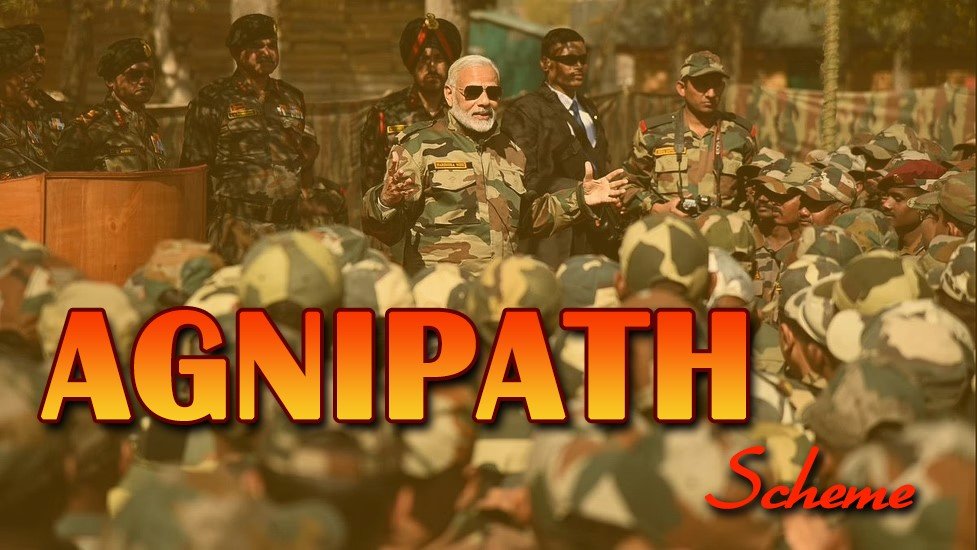
In 'Army villages', empty grounds tell the tale of Agnipath's toll
Shorts By/
Ashish Walter
For this Jhunjhunu village, in Rajasthan’s Shekhawati region, the years can be divided as before and after Agnipath — the central ‘tour of duty’ scheme to enlist jawans in India’s defence forces that was rolled out in 2022. Agniveers will be enlisted for four years, after which 25% of the recruits will be retained in the services based on merit. For Dhanuri and many other villages in the region that have for decades been sending youths in droves to the forces to earn and serve till they retire, the four-year tenure was a rude shock. Before Agnipath was rolled out, the ground teemed with teenagers and youths in their early 20s sprinting and exercising on the sand to prepare for their entrance into the services, trainers keeping a hawk eye and barking instructions, boys egging each other on. Dhanuri wears that tag ‘village of soldiers’ with pride. But for how long? This is an anxiety that has been creeping up since 2022. There are similar ‘Army villages’ across north India — in the Himalayan terrain of Uttarakhand’s Pauri Garhwal, Dehradun and Uttarkashi, the sun-baked plains of Haryana, and the sweeping expanse of Uttar Pradesh — where empty fields are a recurring sight.
Times of India
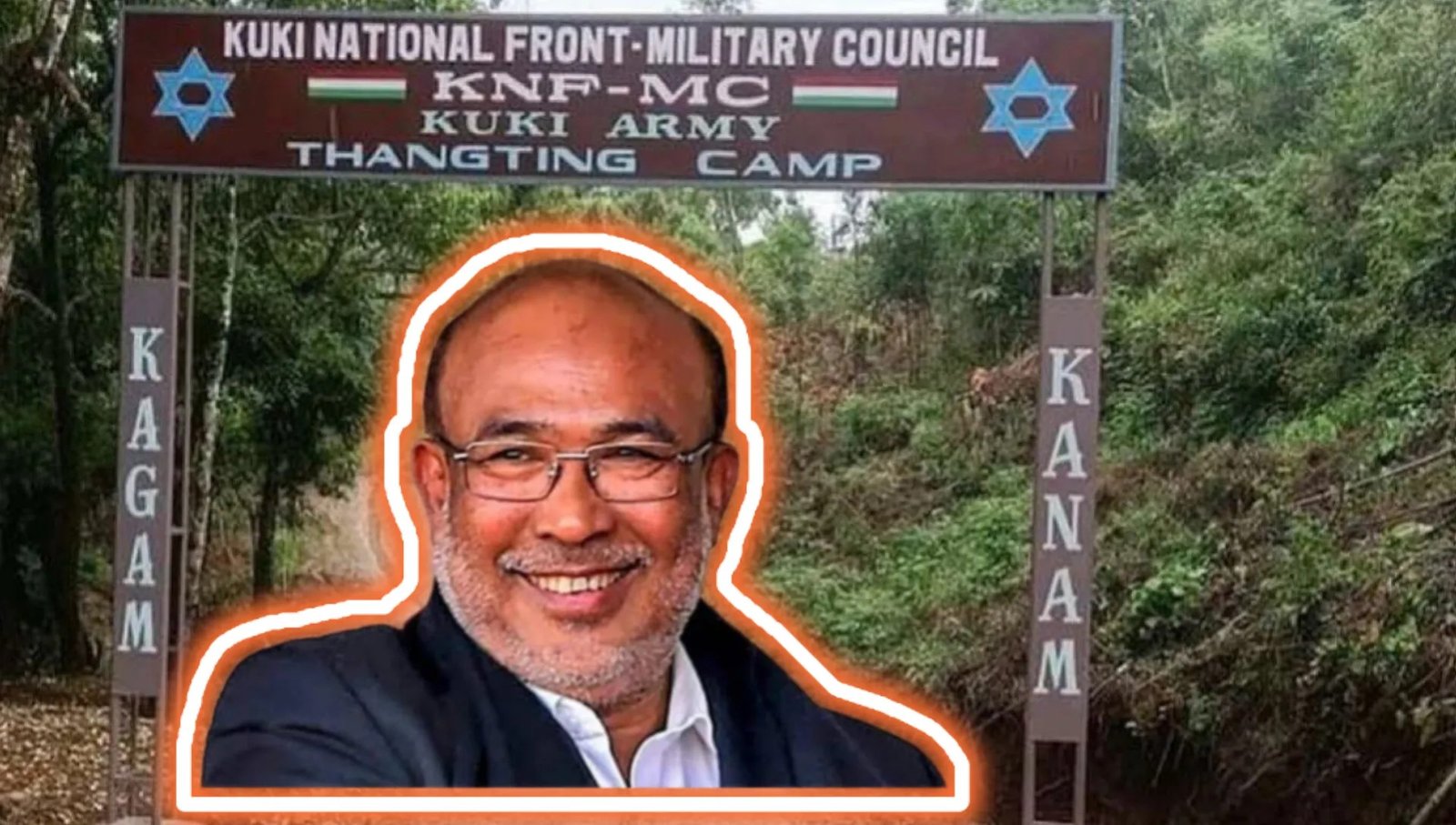
Manipur government files FIR after 'sacred' hill turned into 'Kuki Army camp'
Shorts By/
Ashish Walter
The KNF-MC had put up a signboard at the base of the Thangjing ching (hill), calling it “Thangting camp” of the “Kuki Army”. Manipur government has filed an FIR against the “Kuki National Front-Military Council” (KNF-MC) for renaming a sacred hill and turning the area into its “camp”. Based on the FIR lodged with the Imphal police station by the state’s Land Resources Department, the police registered a case. The FIR said the present-day Thangjing Hill range falls within the Churachandpur-Khoupum Protected Forests which was notified on September 17, 1966 under the Indian Forest Act, 1927. It is a revered pilgrimage site for the followers of Sanamahism, the traditional ethnic religion of people belonging to the Meitei community.
new Indian express

'China would raise hell if South Korea opts for US nukes'
Shorts By/
Ashish Walter
China and Russia have expressed strong opposition if South Korea opts for US nukes. Yang Moo-jin, head of the University of North Korean Studies in Seoul, emphasized that "China and Russia would raise hell with such moves, crying foul as they could be in breach of the Non-Proliferation Treaty."
South Korea is contemplating the deployment of approximately 180 US nuclear weapons over the next few years to deter North Korean aggression. According to a recent report, these nuclear weapons would serve both symbolic and operational purposes.
Times of India

Kim Jong Un orders to accelerate production to rapidly enhance the country's nuclear capabilities : North Korea
Shorts By/
Ashish Walter
This directive coincided with his oversight of a test involving tactical ballistic missiles equipped with a new guidance system, state media KCNA said on Saturday. Kim made the production order "to cope with ...the enemies' reckless military confrontation" and bolster nuclear war deterrence while visiting an arms factory on Friday, KCNA said.
Kim said that the enemy would be afraid of North Korea's nuclear combat posture after speeding up production of nuclear weapons, according to reports.
Reuters
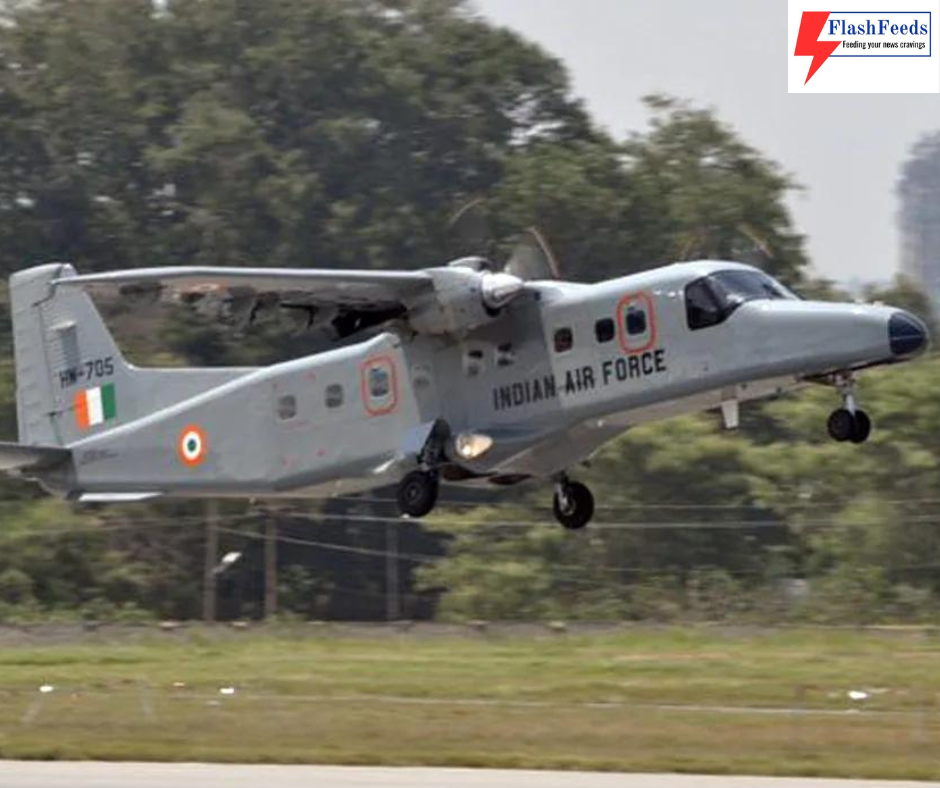
Setback for India as Maldives signs Military Pact with China
Shorts By/
Smiriti Chand
Maldives Defense Minister acknowledges lack of licensed pilots to operate Indian-donated aircraft, which lead to Indian personnel withdrawal. President Muizzu's pro-China stance led to agreements sidelining India. Military assistance pact with China signed, challenging India's influence. Shift seen as a setback for India's regional strategy.
India Today
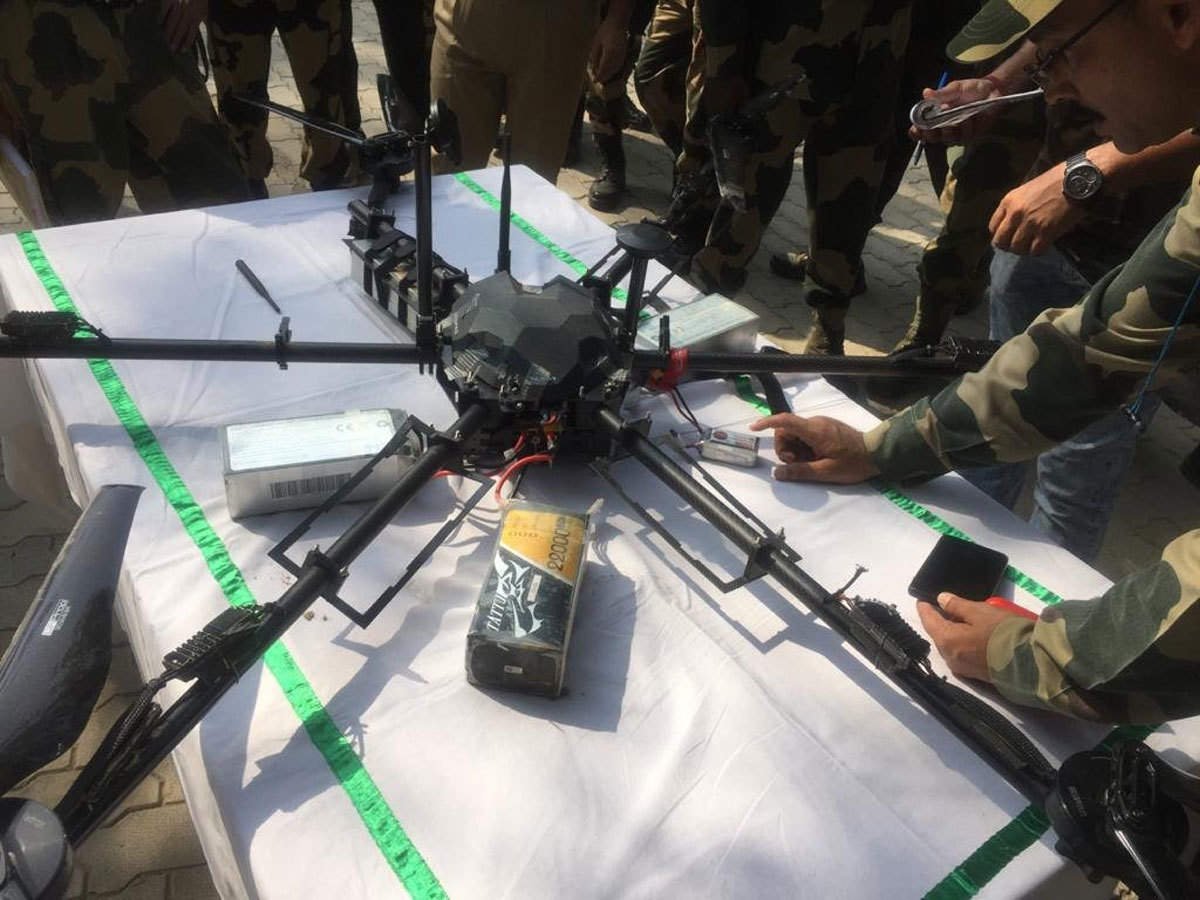
Pakistani drone is encountered by Indian Army
Shorts By/
Nova Chanambam
In the Rajouri area of Jammu and Kashmir, Indian Army soldiers engaged a suspected Pakistani drone that had invaded the airspace close to the Line of Control (LoC). The drone was hovering above Indian land for a short while before retreating back to Pakistan during the late Saturday night event. According to a Hindustan Times story, the forces searched the Keri sector thoroughly but were unable to locate any suspicious objects on the ground.
Mint

Indian troop withdrawal from Maldives completed ahead of Muizzu's deadline
Shorts By/
Smiriti Chand
Maldives' President Muizzu, considered pro-China, demanded Indian military personnel withdrawal by May 10, accusing Indian interference. India completed the withdrawal ahead of the deadline, deploying civilian personnel instead. Muizzu, reinforcing ties with Beijing, accused India despite close maritime proximity. India-Maldives relations evolve amid geopolitical shifts.
India TV News

In Over 50-Hour Long Kulgam Op, TRF Commander, His Deputy Among 3 Terrorists Shot Dead
Shorts By/
Ashish Walter
Two commanders of a terrorist group were among three terrorists killed in the Kulgam encounter which went on for over 50 hours in Jammu and Kashmir. Basit Dar (Dar was implicated in a total of 18 terror-related incidents, including attacks resulting in civilian casualties and targeting the Kashmiri Pandit community with a bounty of Rs 10 lakh on his head.), the top commander of The Resistance Front (TRF), were killed on Tuesday, the terrorist killed today has been identified as Momin Mir (Mir was involved in many terror-related cases particularly target killings of non-locals in Valley including J&K Police personnel Safiullah Qadri , who was shot dead at Soura Srinagar in 2022. He was listed among the "Most Wanted and A+ category" terrorists). He was the deputy commander of TRF. Meanwhile, the identity of the third terrorist is yet to be ascertained. Notably, the TRF is an offshoot of the Lashkar-e-Taiba (LeT).
Times Now
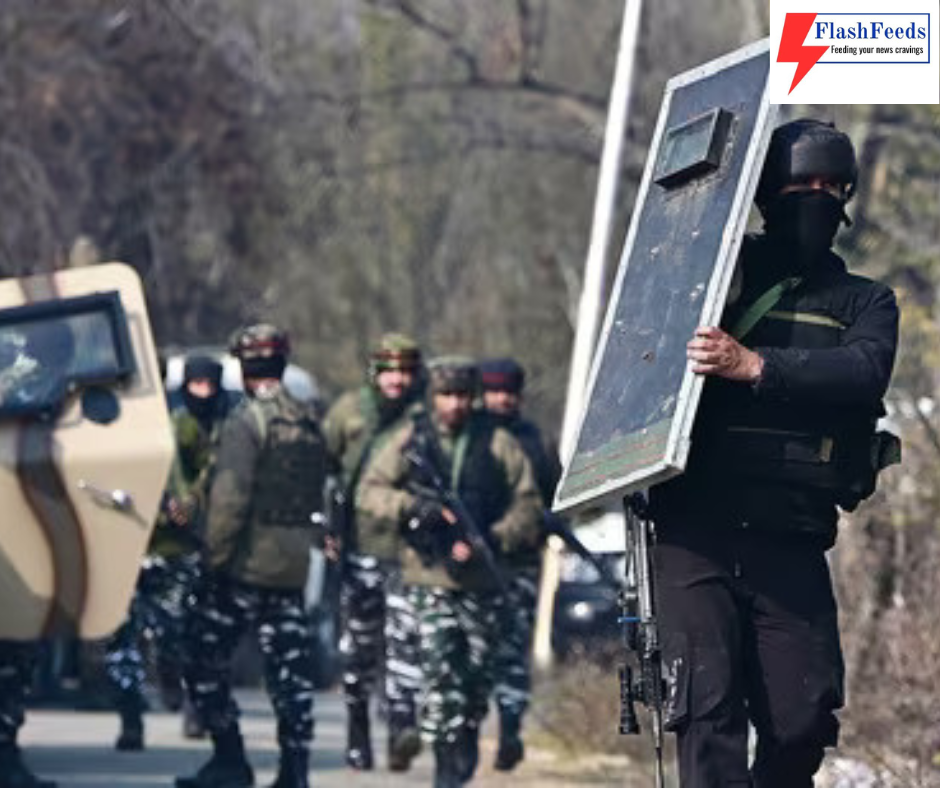
Kulgam: Indian Army says 3 terrorists killed, 40-hour-long encounter concludes
Shorts By/
Smiriti Chand
Indian Army announced the elimination of three terrorists, including Lashkar-e-Taiba's Basit Dar, in a 40-hour encounter in Kulgam district, Kashmir. The operation, starting Monday night, concluded Thursday morning, recovering arms and ammunition. The army's relentless vigil dealt a blow to the terror ecosystem, as stated on X, formerly Twitter.
Hindustan Times

UK Ministry of Defence Hacked: China suspected in cyberattack compromising soldier data
Shorts By/
Smiriti Chand
The UK Ministry of Defence has suffered a cyberattack, suspected to be orchestrated by China, compromising details of thousands of soldiers and veterans. Names, bank details, and addresses were exposed. The system targeted was offline, with a probe launched. Officials are investigating possible data sales on the dark web.
First Post
